The leopard is a wild cat that inhabit Africa and Asia. They have a very long history on this planet, with ancestors that lived millions of years ago.
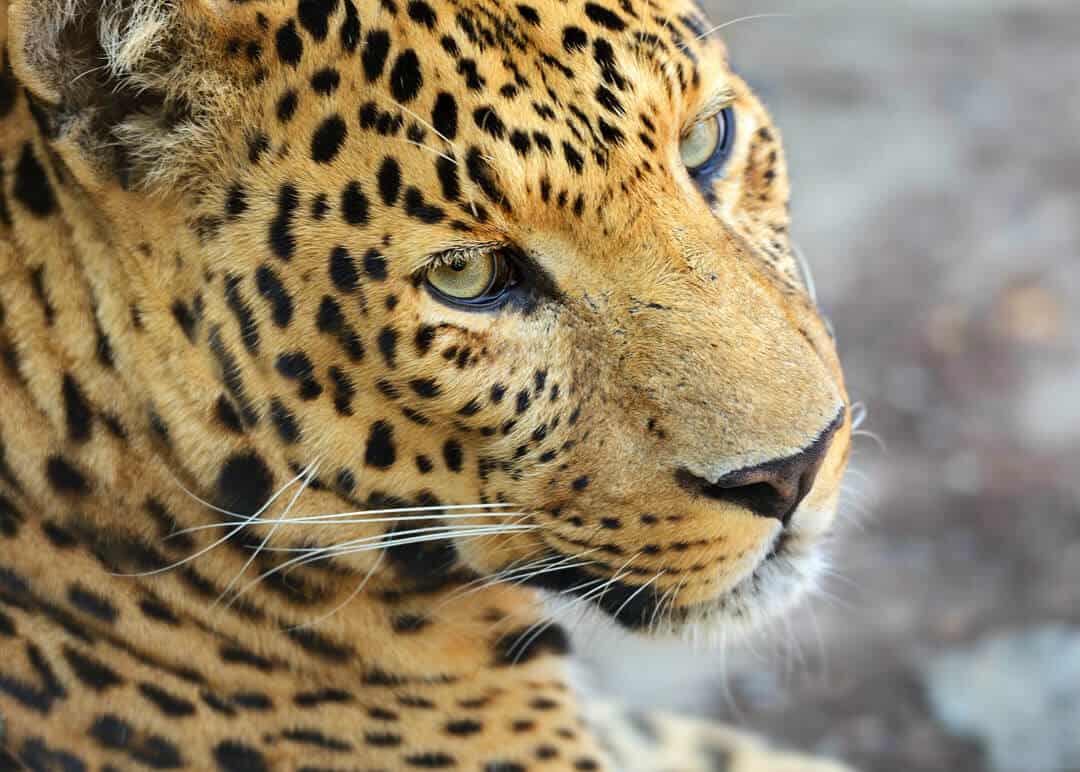
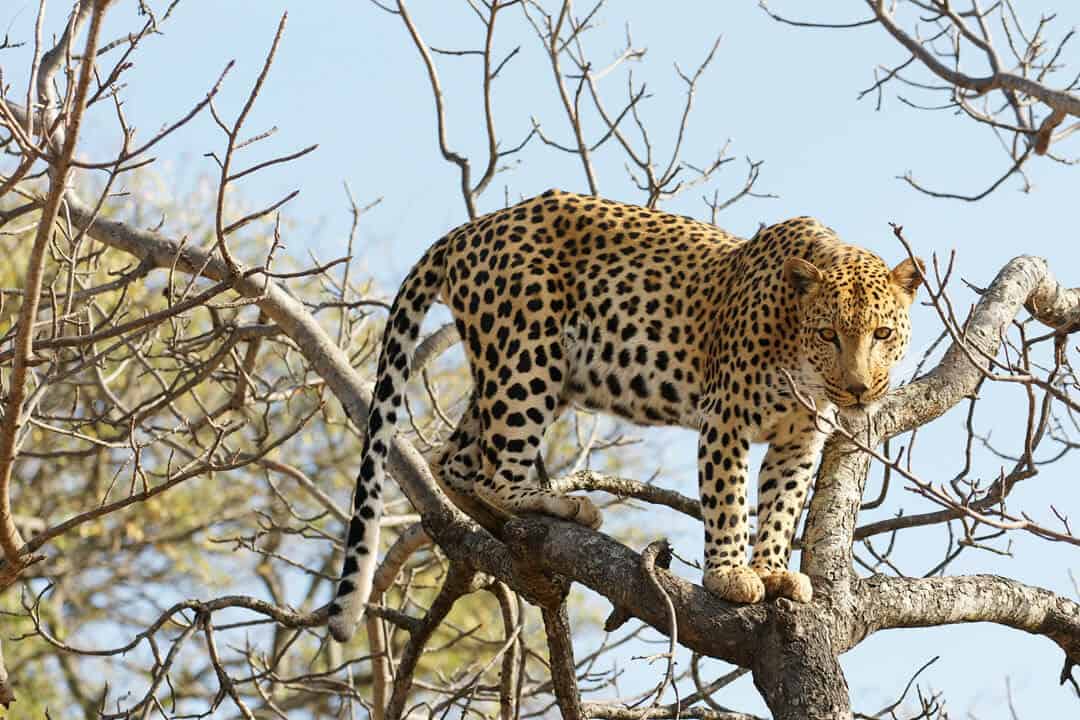
Scientific name: Panthera pardus
Conservation status: Vulnerable in some areas, and Critically Endangered in others.
Subspecies:
- Indian leopard (Panthera p. fusca) – Pakistan, India, Nepal, Bhutan, and Bangladesh.
- African leopard (Panthera p. pardus) – North, West, East, Central and South Africa
- Javan leopard (Panthera p. melas) – Java (Indonesia)
- Arabian leopard (Panthera p. nimr) – Saudi Arabia, Arabian Peninsula, Oman, Yemen, Kuwait, United Arab Emirates, Israel, Jordon, Syria, Lebanon
- Amur leopard (Panthera p. oreintalis) – Russian Far East and China (North)
- Sri Lankan leopard (Panthera. p. kotiya) – Sri Lanka
- Indochinese leopard (Panthera. p. delacouri) – Southeast Asia
- Anatolian leopard (Panthera p. tulliana) – Turkey (East), the Caucasus, Georgia, Armenia, Russia (South), Azerbaijan, Turkmenistan, Uzbekistan, Afghanistan, Iran (North) and Iraq.
Many of the remaining populations in Asia are decreasing in size and fragmented.
Meaning of the name: “Leopard” comes from the Greek words leon and panther (“lion” and “pardos”).
Lineage: The leopard is a member of the Panthera lineage,, along with the lion, tiger, jaguar. clouded leopard and snow leopard. There are two genera in this lineage: Panthera and Neofelis.
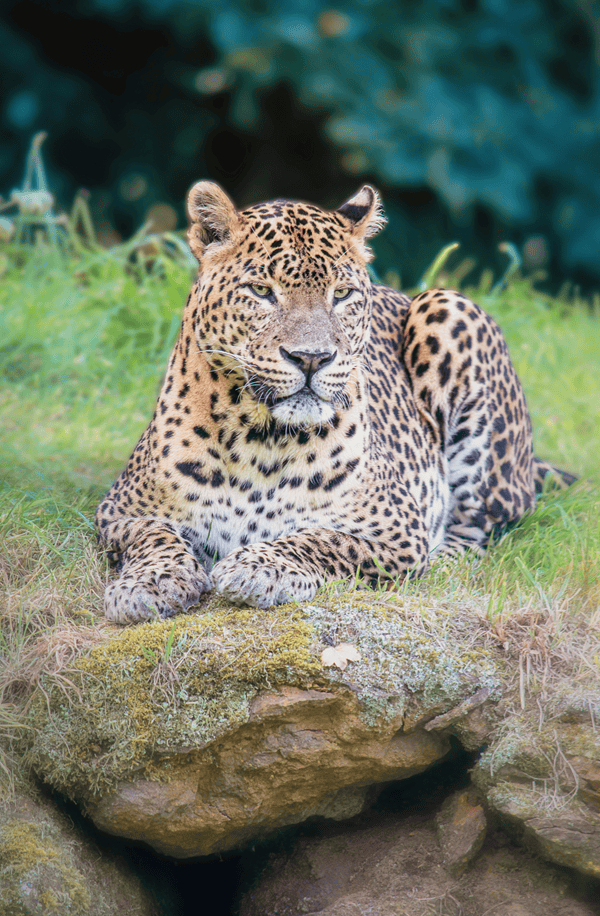
Interesting facts about leopards
- The leopard’s diet is more varied than any other wild cat.
- Leopards are more broadly distributed in Africa and Asia compared to other wild cats.
- The leopard has a very long tail in relationship to the size of its body.
- The tip of the leopards tail is usuallywhite.
- Leopards climb trees and will often hide their kill there. They also like to rest in trees during the day.
- In addition to being excellent climbers, leopards are also good swimmers.
- Some leopards are all black.
- Leopards communicate with eath other using distinctive calls.
- Leopards can run 35-37 mph.
- A leopard can jump up to 10 feet in the air.
More about the leopard
The leopard is a big cat species that inhabits Africa and Asia. Leopards vary in size and coloring depending on where they are found. They are considered Critically Endangered in Asia.
Origin and History
Leopard fossils date back to the Pleistocene epoch, an ice age that occurred between 2 and 3.5 million years ago. From recent DNA analysis. it appears the leopard has a shared Asian and African ancestry. Leopard fossils have been found in Poland, Iberia, the Italian Peninsula, the Balkans, Taiwan and Japanse archipelago.
Leopard Physical Appearance
Both the jaguar and leopard have similar black markings on their fur, called “rosettes.” However, the leopard’s rosettes are smaller and closer together. They are also shaped differently based on where the leopard lives.
Leopards have a white underbelly and white tipped tail.
Leopards are smaller than jaguars. They have short legs, a long body, and a big head. The cat’s body (including its head) can be up to 65 inches long, with a tail up to 43 inches long. Males can weigh nearly 200 lbs. and are larger than females.
Location and Habitat (where leopards live)
Leopards are more broadly distributed than any other wild cat.
The leopard’s range includes areas in Siberia, parts of Asia, and African regions below the Sahara Desert. It was once found in places like Kuwait, Singapore, Hong Kong, Libya, and Tunisia but is not considered extinct in those regions.
Leopards prefer living in forests and grasslands and staying away from urban areas, deserts, and places where snow remains on the ground for a long time.
Most leopard populations are fragmented and getting smaller.
Leopard Behavior
Leopards generally lead a solitary life . They are mostly active at night, from dusk until dawn. During the day they will rest in tree branches, in rocky areas and thickets. Vocalizations include snarls, grunts, meows, purrs and roaring. They can run at speeds up to 36 mpth and leep 20 feet horizontally and up to 10 feet vertically.
Hunting and prey (diet)
Leopards eat a varied diet, including hoofed animals, reptiles, rodents, primates, birds, and insects. They stalk their prey and often hide their kills in a tree.
Reproduction and lifespan
Leopard mating begins in January and February. Female leopards typically give birth to 2 to 4 cubs. Between 40 – 50% of the cubs born yearly do not survive their first 12 months. The cubs are raised in a den and will stay with their mother for up to two years.
Leopard Conservation
A key leopard conservation issue is habitat loss due to residential and commercial development, farming, ranching, and mining. Other threats to wildlife are poaching, the illegal wildlife trade, and the loss of prey.
Leopards are also killed in retaliation for preying on domestic animals. According to one study, “Retaliatory killings caused by human-wildlife conflict have a significant impact on the survival of leopards.” Researchers found four main problems related to the killings: “(1) the government’s response to the problem of human-leopard conflict is slow and unwilling; (2) this response was not effective; (3) there were inadequate resources to correctly respond to these killings; and (4) there was a lack of laws and their application as well as strong distrust between everyone involved, making it even harder to deal with the problem.”
(Viollaz JS, Thompson ST, Petrossian GA. When Human-Wildlife Conflict Turns Deadly: Comparing the Situational Factors That Drive Retaliatory Leopard Killings in South Africa. Animals (Basel). 2021 Nov 16;11(11):3281. doi: 10.3390/ani11113281. PMID: 34828012; PMCID: PMC8614444.)
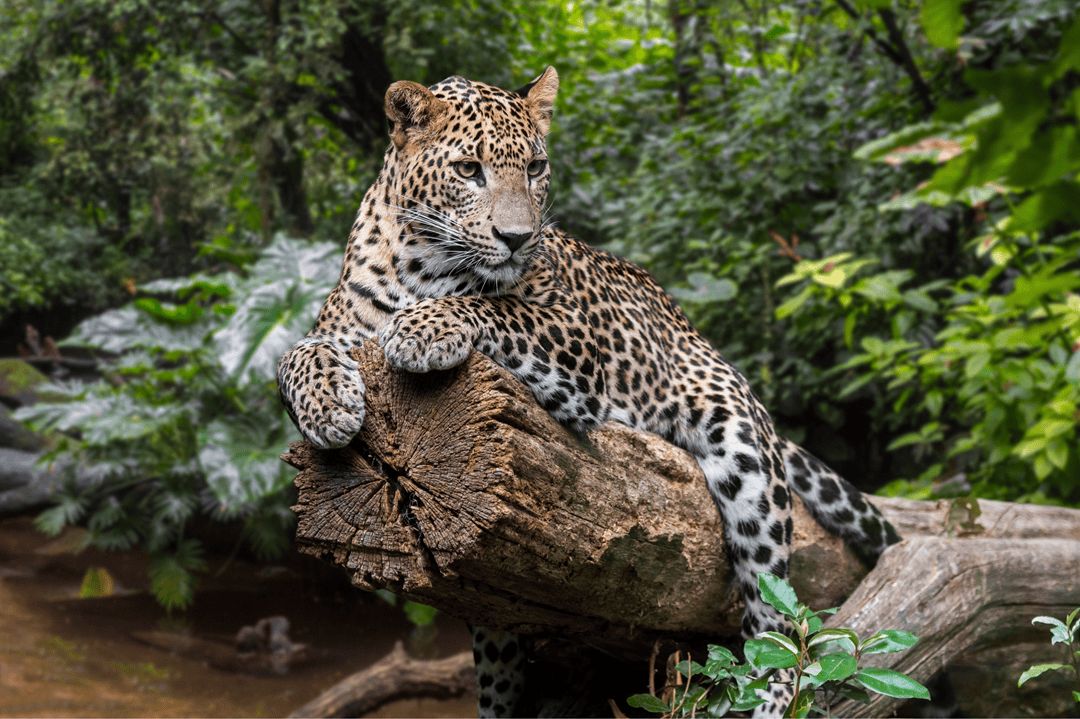
Leopards in culture
Historically, leopards have been symbols of power, courage, and nobility. Their images and depictions are found in many different types of artwork and literature.
The cultural significance of leopards is not a recent phenomenon. They are depicted in rock cave paintings at the Chauvet Cave in southeastern France, a site that dates back approximately 36,000 years.
The leopard can also be found in Greek mythology as a symbol of the god Dionysus.
In Africa, their skins have been used in different types of ceremonies.
Sculptors from Benin, a West African country, often carved leopard images.
Throughout the Benin Empire, a kingdom now part of southern Nigeria, the leopard was frequently found in carvings and sculptures related to the king.
The Ashanti, an ethnic group in Ghana, is also known for leopard carvings. Only the Ashanti king was allowed to have leopard stools.
In literature, you can find the leopard in stories like “How the Leopard Got His Spots” by Rudyard Kipling.
You can also find the leopard depicted in coats of arms from countries like Somalia, Malawi, Benin, and the Democartic Republic of the Congo.
Image of a leopard on a Greek pouring vessel.
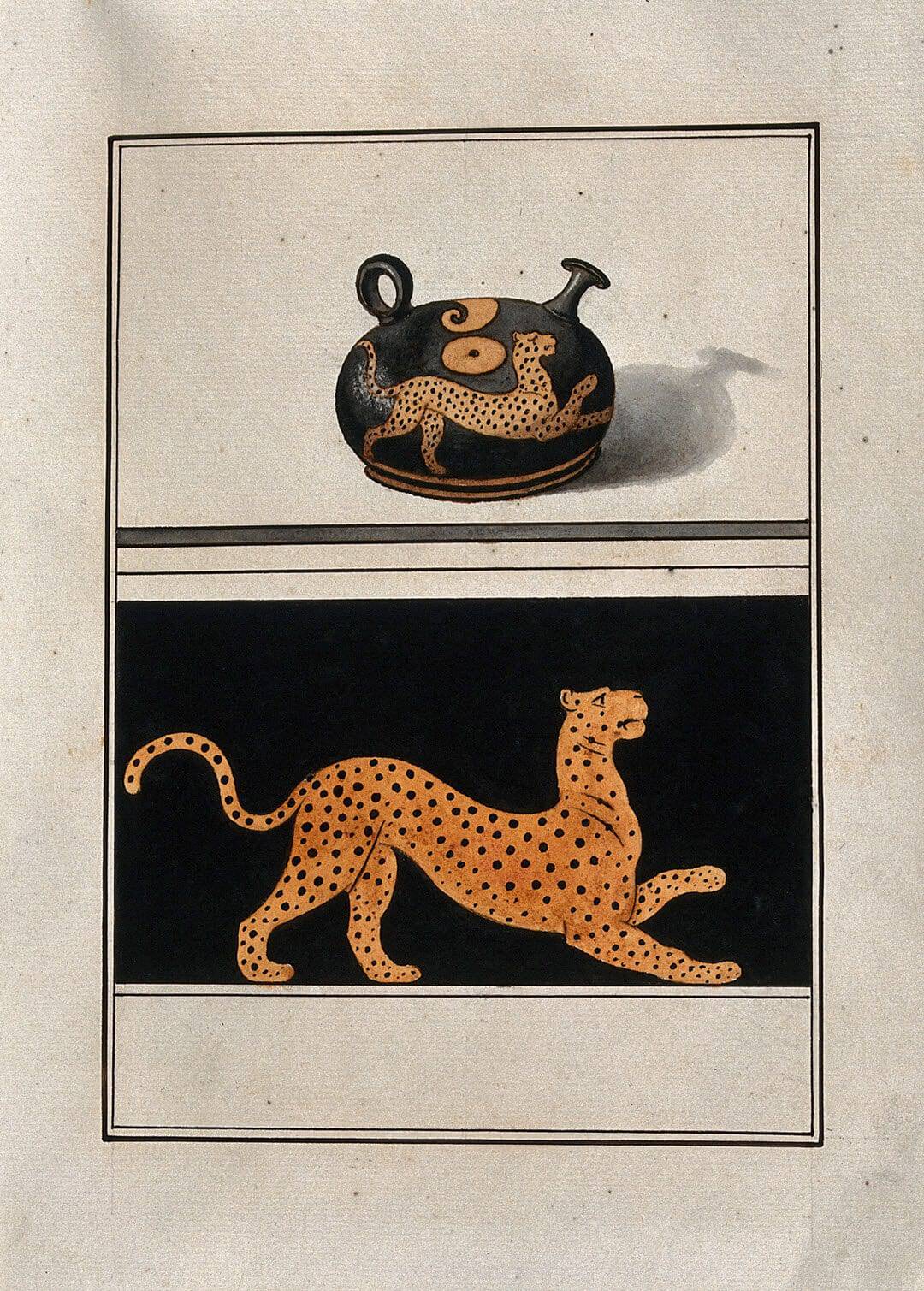
Moko No Shashin (Picture of a Tiger) , a Japanese print showing a leopard that has caught a rooster, by Ochiai Yoshiiku 1860
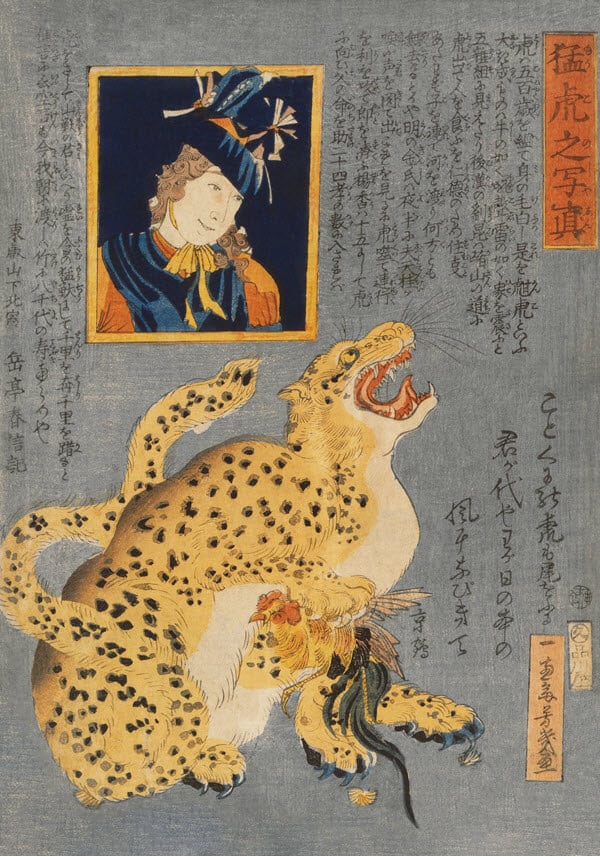
Rank badge with leopard – Qing dynasty (1644–1911). Rank badges indicated a person’s status in military or other service. They were sewn or woven into clothing. Civil officials wore badge depicting various birds, and military officers wore animals.
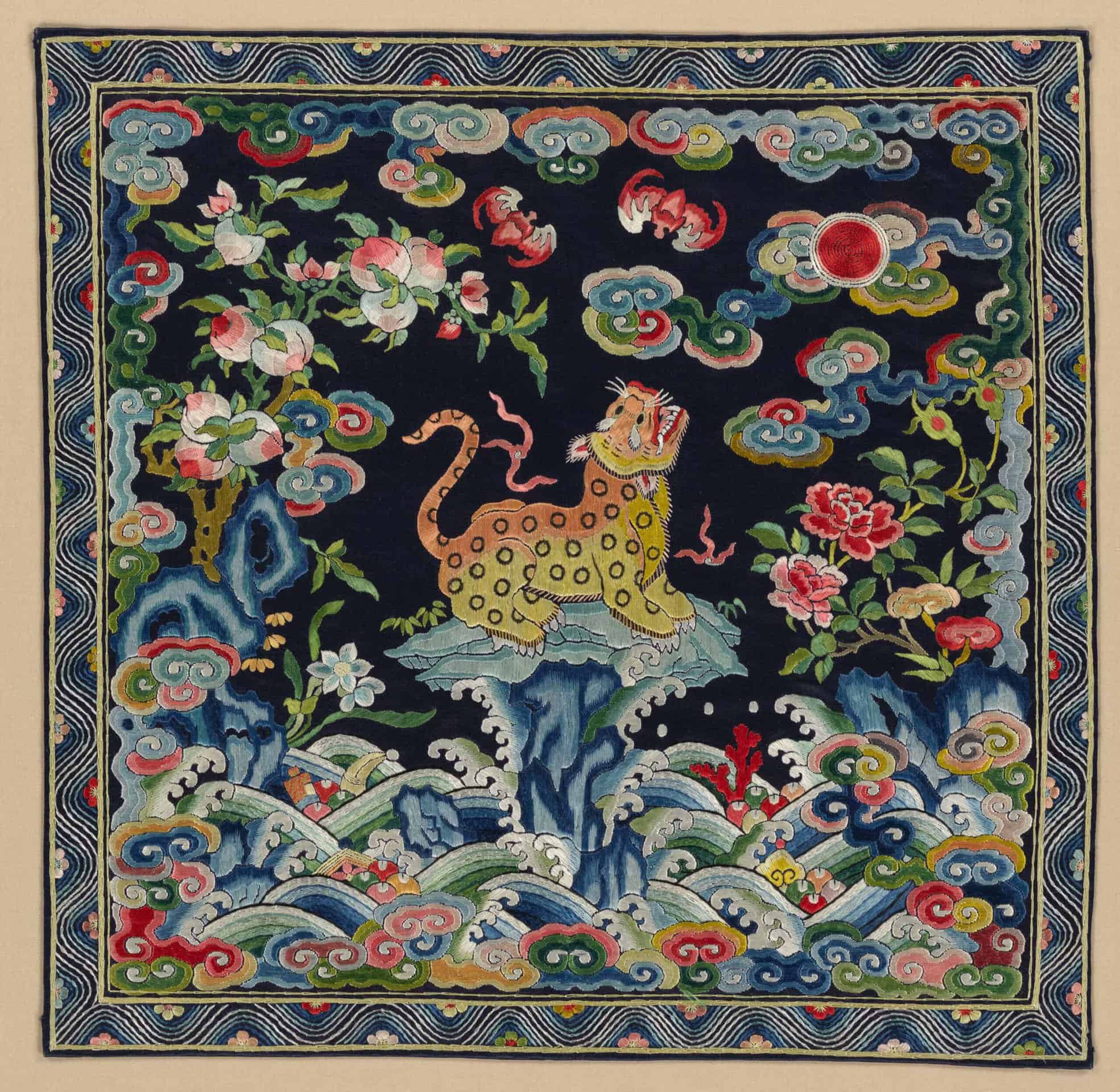
Research, references and quotes:
“The African leopard Panthera pardus pardus is an apex predator, and a reliable indicator of a healthy ecosystem. Currently assessed as near threatened‘ by the IUCN Red List of Threatened Species, leopards are exposed to a range of threats that include: habitat loss and/or degradation, depletion of natural prey, conflict with people, consumptive- and non-consumptive practices, and the illegal trade of leopard products. Leopards have disappeared from 37% of their historical range, and are continuing to decline.” – 2012 The conservation biology and ecology of the African leopard Panthera pardus pardus | Pitman
Read more about leopard subspecies.

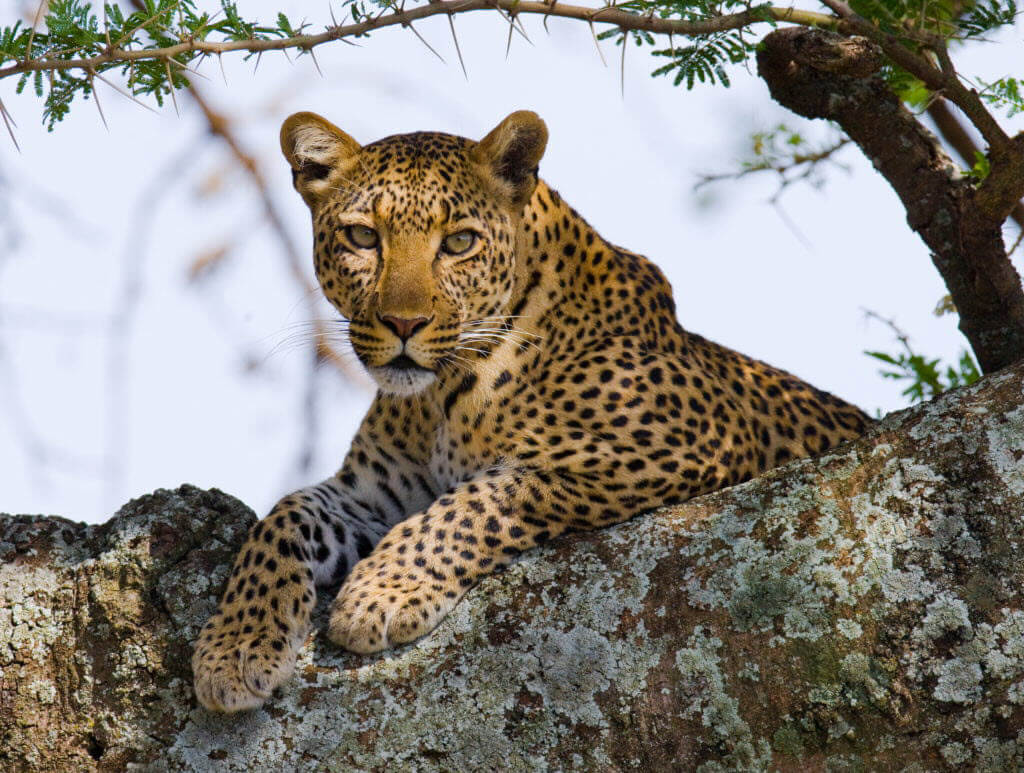
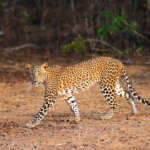
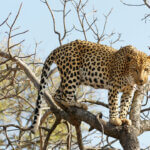
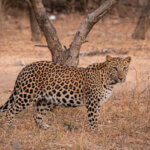
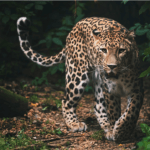
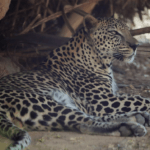
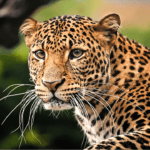
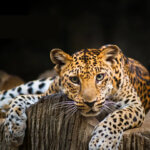
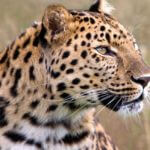
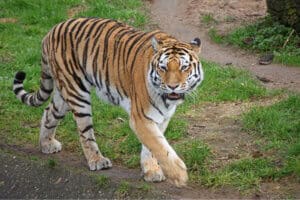
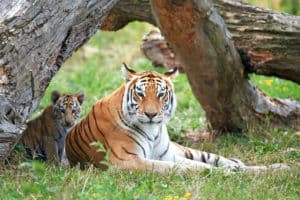
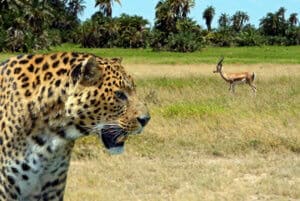

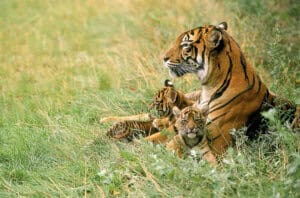
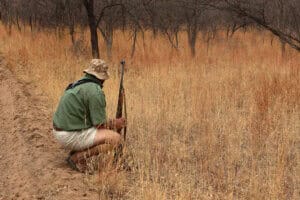
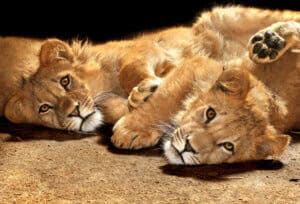
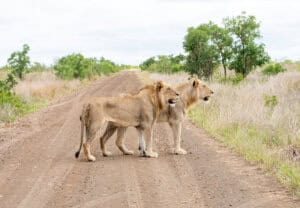
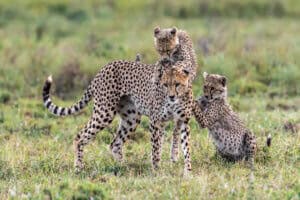


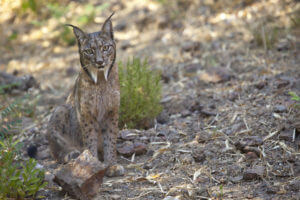




0 Comments